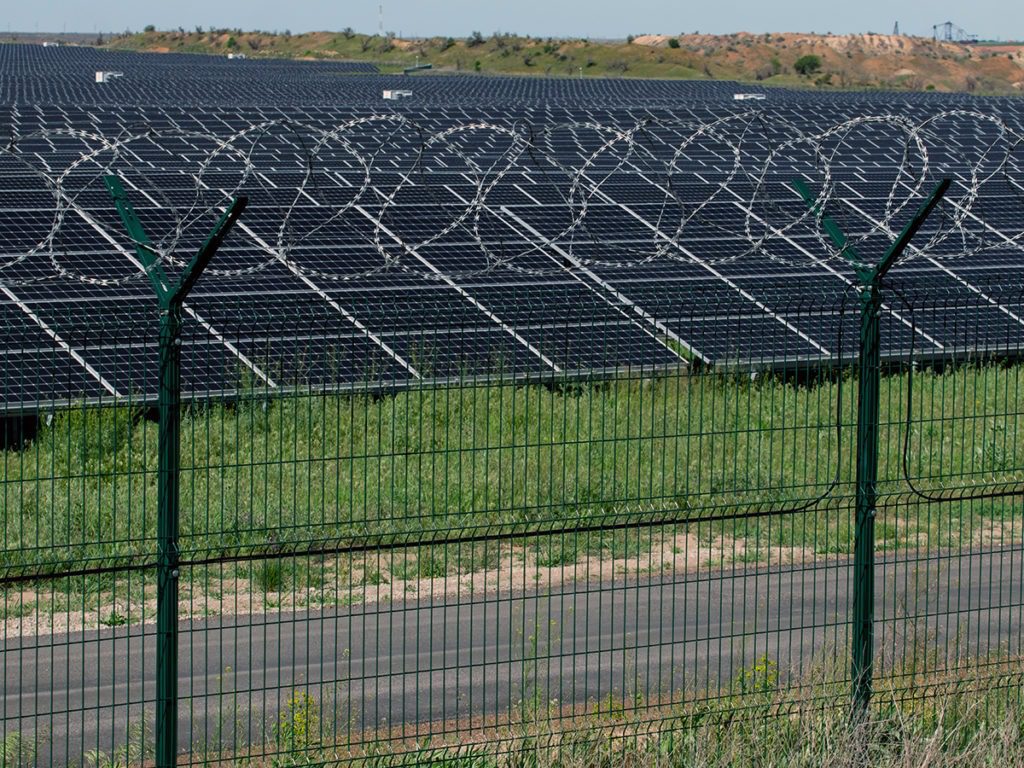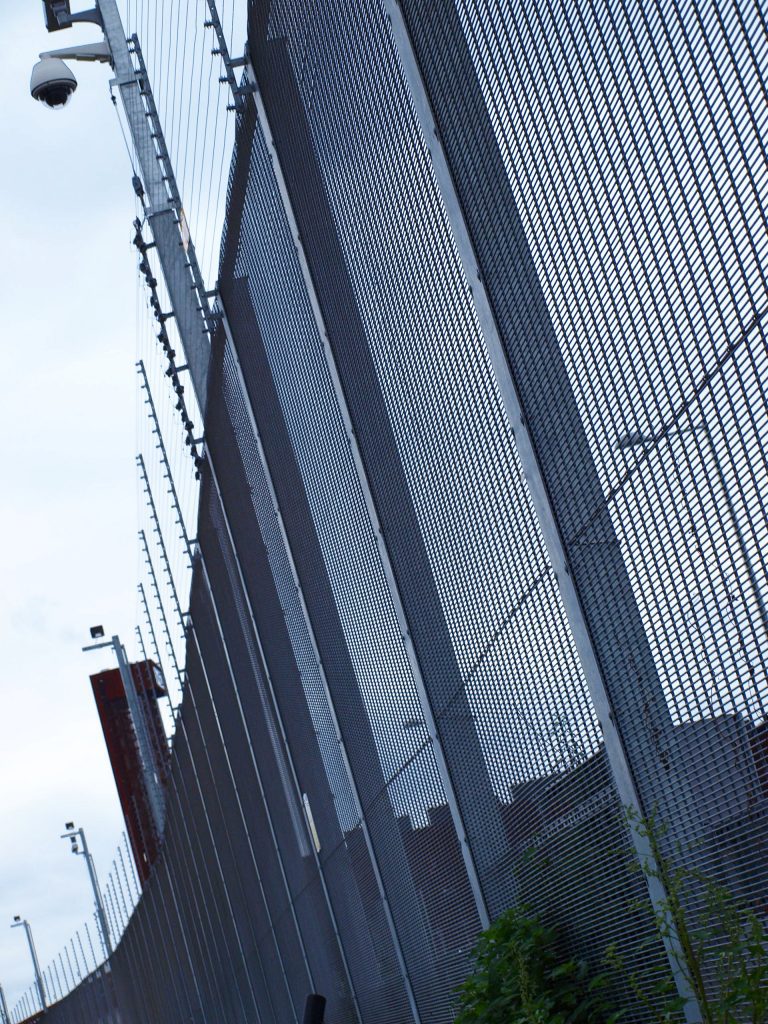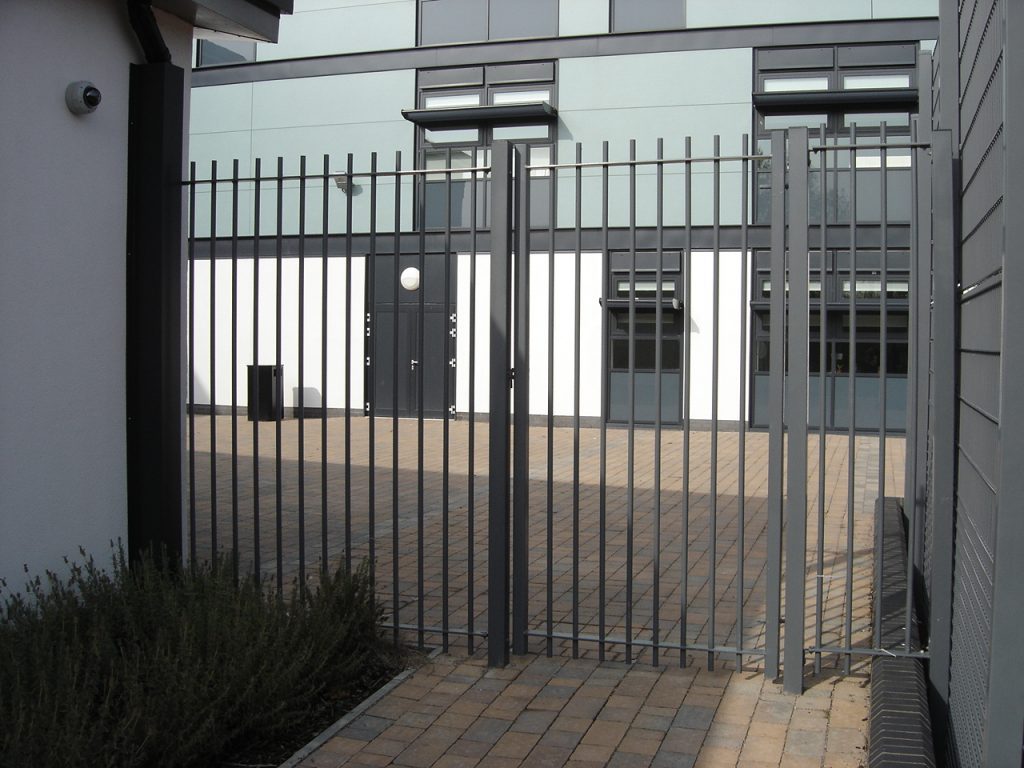The ever increasing integration of human, physical and electronic security measures is gathering pace on the crest of a technological tidal wave, an ever-evolving terror threat, government demands and the day-to-day expectations of consumers.
I watched my wife doing our weekly food shop on her phone from the comfort of a coffee shop the other day and perversely thought how far security integration had come – and how far it may yet go in the next year or two.
In general, she and consumers expect that we should all be able to run our lives from a single personal electronic interface is one of the drivers of progress, as is the advancement of technology and the ever-evolving terrorist threat and government and legislators’ expectations flowing from that.
Many advances in sensors, encryption, and intelligent video tied to access control have been made a direct result of requirements published by the US Department of Homeland Security.
Meanwhile, the UK’s Centre for the Protection of National Infrastructure (CPNI) held its manufacturers’ training day a few months ago on a new Cyber Assurance of Physical Security Systems standard. CPNI’s advice covers physical, personnel and cybersecurity and information assurance and how best to integrate these physical, human and electronic elements to maximum effect.
Rapid technological development and the increased adoption of internet-based services throughout business and society have also led to an increased expectation of and ability in unifying systems. So the security market now demands more joined-up physical security technology. With the integration of security fencing and lighting, access control, PIDs and intruder alarms, CCTV and video analytics and guard patrols and security control rooms are now commonplace.
In the search for greater security control, enhanced employee safety and operational cost savings, some businesses have taken it further by integrating fire-fighting systems, building services controls such as lighting, air conditioning and lifts, and even business information systems and HR records.
In such cases, the various facets work directly together to improve the overall management of a facility and make it considerably simpler and more efficient. This has been facilitated by developing systems and software capable of administering and simplifying the operator’s task of running multiple functions from a single portal and with the advent of more standardised and open protocols and standards.
But, for all of the fantastic fancy stuff that is now possible, we need to get back to basics and do only what is necessary and cost-effective. Which involves asking the time-honoured basic security questions: what asset base are we trying to protect – physical, human, intellectual and even reputational; what risks do or might they face of damage, theft or sabotage; and who or what might pose these risks and how might they carry out their threats?
Only when we match the particular threat on the particular asset with the particular risk can we design the most effective mitigation solution – and then integrate pre-existing security measures with new ones to make it all work in tandem. So, for example, if an alarm is triggered, video can automatically be sent to mobile phones, PDAs, laptops or other devices so that security can decide how best to respond.
Integrated video and alarms systems can help immediately target security breaches so that any 24-hour onsite patrol can react quickly and prevent property loss, or worse. And access control systems can be programmed to lock certain areas of the facility to confine any search for the perpetrator.
Often a fire alarm is the first system to activate. A modern integrated system can alert a control room and escalate the warning automatically to the emergency services, letting them know who is on-site before they arrive and even any special medical needs.
CCTV can also be used to see if people are trapped or potentially dangerous before emergency services arrive without putting their lives at risk. In short, the greater the integration, the better able everyone is to build more effective security plans and architectures, respond more quickly and appropriately to security threats and breaches and ultimately protect people and property better than ever.
Looking for Perimeter Security integration? Contact Zaun today!




